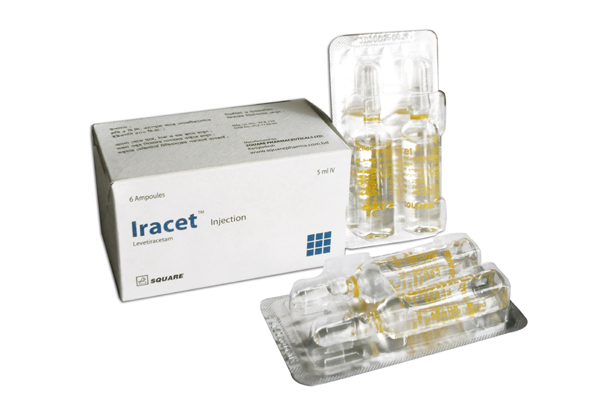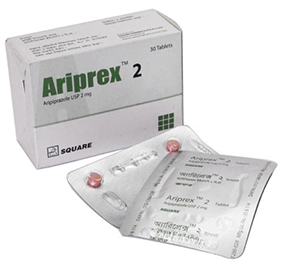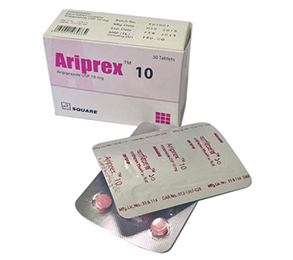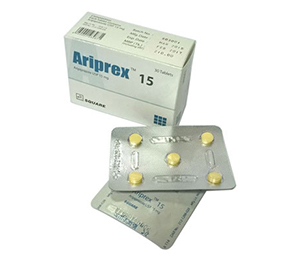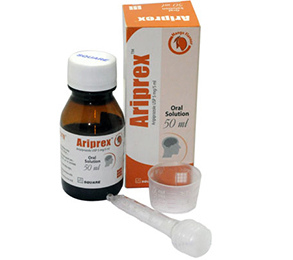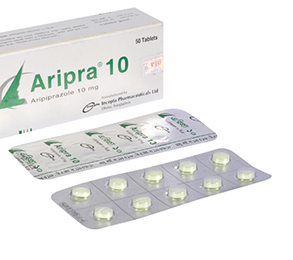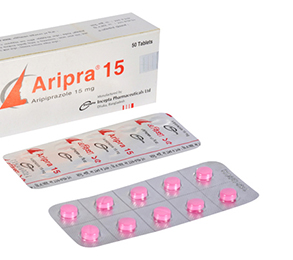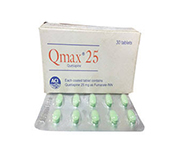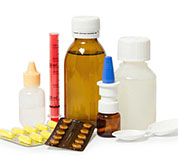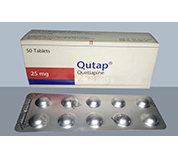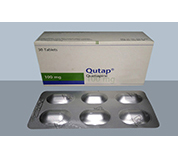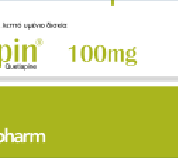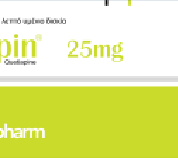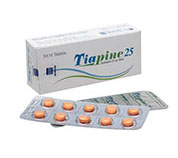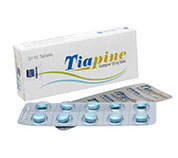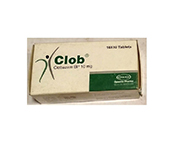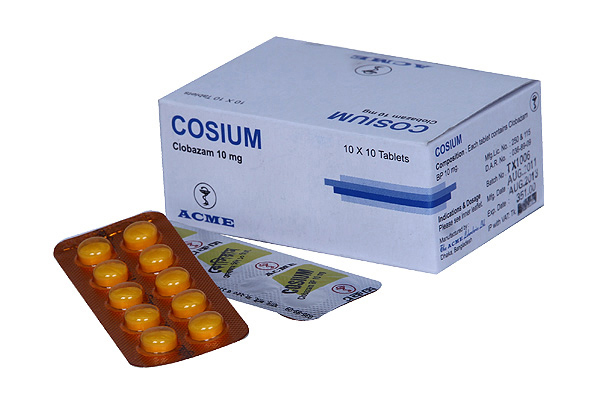Iracet injection 6 Pcs
Alternative products
Levetiracetam
Indications
Levetiracetam is indicated as monotherapy in the treatment of partial-onset seizures with or without secondary generalisation in adults and adolescents from 16 years of age with newly diagnosed epilepsy. Levetiracetam is indicated as adjunctive therapy-
- in the treatment of partial-onset seizures with or without secondary generalization in adults, adolescents, children and infants from 1 month of age with epilepsy.
- in the treatment of myoclonic seizures in adults and adolescents from 12 years of age with Juvenile Myoclonic Epilepsy.
- in the treatment of primary generalized tonic-clonic seizures in adults and adolescents from 12 years of age with Idiopathic Generalised Epilepsy.
Description
The precise mechanism(s) by which Levetiracetam exerts its antiepileptic effect is unknown. Levetiracetam showed only minimal activity in submaximal stimulation and in threshold tests. Protection was observed, however, against secondarily generalized activity from focal seizures induced by pilocarpine and kainic acid, two chemo convulsants that induce seizures that mimic some features of human complex partial seizures with secondary generalization. In vitro and in vivo recordings of epileptiform activity from the hippocampus have shown that Levetiracetam inhibits burst firing without affecting normal neuronal excitability, suggesting that Levetiracetam may selectively prevent hyper synchronization of epileptiform burst firing and propagation of seizure activity.
Dosage
Adults and adolescents from 16 years of age: The recommended starting dose is 250 mg twice daily which should be increased to an initial therapeutic dose of 500 mg twice daily after two weeks. The dose can be further increased by 250 mg twice daily every two weeks depending upon the clinical response. The maximum dose is 1500 mg twice daily.
Adults (≥18 years) and adolescents (12 to 17 years) weighing 50 kg or more: The initial therapeutic dose is 500 mg twice daily. This dose can be started on the first day of treatment. Depending upon the clinical response and tolerability, the daily dose can be increased up to 1,500 mg twice daily. Dose changes can be made in 500 mg twice daily increases or decrease every two to four weeks.
Pediatric population: The tablet formulation is not adapted for use in infants and children under the age of 6 years. Oral solution is the preferred formulation for use in this population. In addition, the available dose strengths of the tablets are not appropriate for initial treatment in children weighing less than 25 kg, for patients unable to swallow tablets or for the administration of doses below 250 mg. In all of the above cases, oral solution should be used.
- Monotherapy: The safety and efficacy of levetiracetam in children and adolescents below 16 years as monotherapy treatment have not been established.
- Add-on therapy: Oral solution is the preferred formulation for use in infants and children under the age of 6 years. For children 6 years and above, oral solution should be used for doses under 250 mg, for doses not in multiples of 250 mg when dosing recommendation is not achievable by taking multiple tablets and for patients unable to swallow tablets. The lowest effective dose should be used. The starting dose for a child or adolescent of 25 kg should be 250 mg twice daily with a maximum dose of 750 mg twice daily. Dosing for children 50 kg or greater is the same as in adults.
- Add-on therapy: For infants aged from 1 month to less than 6 months: The oral solution is the formulation to use in infants.
* চিকিৎসকের পরামর্শ মোতাবেক ঔষধ সেবন করুন'
Administration
The flm-coated tablets must be taken orally, swallowed with a sufcient quantity of liquid and may be taken with or without food. The daily dose is administered in two equally divided doses.
* চিকিৎসকের পরামর্শ মোতাবেক ঔষধ সেবন করুন'
Interaction
Antiepileptic medicinal products: Pre-marketing data from clinical studies conducted in adults indicate that levetiracetam did not influence the serum concentrations of existing antiepileptic medicinal products (phenytoin, carbamazepine, valproic acid, phenobarbital, lamotrigine, gabapentin and primidone) and that these antiepileptic medicinal products did not influence the pharmacokinetics of levetiracetam.
Probenecid: Probenecid (500 mg four times daily), a renal tubular secretion blocking agent, has been shown to inhibit the renal clearance of the primary metabolite but not of levetiracetam. Nevertheless, the concentration of this metabolite remains low.
Methotrexate: Concomitant administration of levetiracetam and methotrexate has been reported to decrease methotrexate clearance, resulting in increased/prolonged blood methotrexate concentration to potentially toxic levels. Blood methotrexate and levetiracetam levels should be carefully monitored in patients treated concomitantly with the two drugs.
Laxatives: There have been isolated reports of decreased levetiracetam efficacy when the osmotic laxative macrogol has been concomitantly administered with oral levetiracetam. Therefore, macrogol should not be taken orally for one hour before and for one hour after taking levetiracetam.
Food and alcohol: The extent of absorption of levetiracetam was not altered by food, but the rate of absorption was slightly reduced. No data on the interaction of levetiracetam with alcohol are available.
Contraindications
Hypersensitivity to the active substance or other pyrrolidone derivatives or to any of the excipients.
Side Effects
Most common adverse reactions (incidence ≥ 5% more than placebo) include:
- Adult patients: somnolence, asthenia, infection and dizziness
- Pediatric patients: fatigue, aggression, nasal congestion, decreased appetite, and irritability
Pregnancy & Lactation
Levetiracetam is not recommended during pregnancy and in women of childbearing potential not using contraception unless clinically necessary. Levetiracetam is excreted in human breast milk. Therefore, breastfeeding is not recommended. However, if levetiracetam treatment is needed during breastfeeding, the benefit/risk of the treatment should be weighed considering the importance of breastfeeding. No impact on fertility was detected in animal studies. No clinical data are available, the potential risk for humans is unknown.
Precautions & Warnings
Renal impairment: The administration of levetiracetam to patients with renal impairment may require dose adjustment. In patients with severely impaired hepatic function, assessment of renal function is recommended before dose selection.
Acute kidney injury: The use of levetiracetam has been very rarely associated with acute kidney injury with a time to onset ranging from a few days to several months.
Blood cell counts: Rare cases of decreased blood cell counts (neutropenia, agranulocytosis, leucopenia, thrombocytopenia and pancytopenia) have been described in association with levetiracetam administration, generally at the beginning of the treatment. Complete blood cell counts are advised in patients experiencing important weakness, pyrexia, recurrent infections or coagulation disorders.
Suicide: Suicide, suicide attempt, suicidal ideation and behaviour have been reported in patients treated with anti-epileptic agents (including levetiracetam). A meta-analysis of randomized placebo-controlled trials of anti-epileptic medicinal products has shown a small increased risk of suicidal thoughts and behaviour. The mechanism of this risk is not known. Therefore patients should be monitored for signs of depression and/or suicidal ideation and behaviours and appropriate treatment should be considered. Patients (and caregivers of patients) should be advised to seek medical advice should signs of depression and/or suicidal ideation or behaviour emerge.
Paediatric population: The tablet formulation is not adapted for use in infants and children under the age of 6 years. Available data in children did not suggest an impact on growth and puberty. However, long term effects on learning, intelligence, growth, endocrine function, puberty and childbearing potential in children remain unknown.
Use in Special Populations
Elderly (65 years and older): Adjustment of the dose is recommended in elderly patients with compromised renal function.
Renal impairment: The daily dose must be individualized according to renal function.
Hepatic impairment: No dose adjustment is needed in patients with mild to moderate hepatic impairment. In patients with severe hepatic impairment, the creatinine clearance may underestimate renal insufficiency. Therefore a 50 % reduction of the daily maintenance dose is recommended when the creatinine clearance is < 60 ml/min.
Overdose Effects
Somnolence, agitation, aggression, depressed level of consciousness, respiratory depression and coma were observed with levetiracetam overdoses. After an acute overdose, the stomach may be emptied by gastric lavage or by induction of emesis. There is no specifc antidote for levetiracetam. Treatment of an overdose will be symptomatic and may include haemodialysis. The dialyser extraction efficiency is 60 % for levetiracetam and 74% for the primary metabolite.
Therapeutic Class
Adjunct anti-epileptic drugs
Storage Conditions
Store at a cool temperature (not exceeding 25°C) and dry place, protected from light.
- Type Injection
- Tag
- Morbi leo risus
- Porta ac consectetur ac
- Vestibulum at eros
